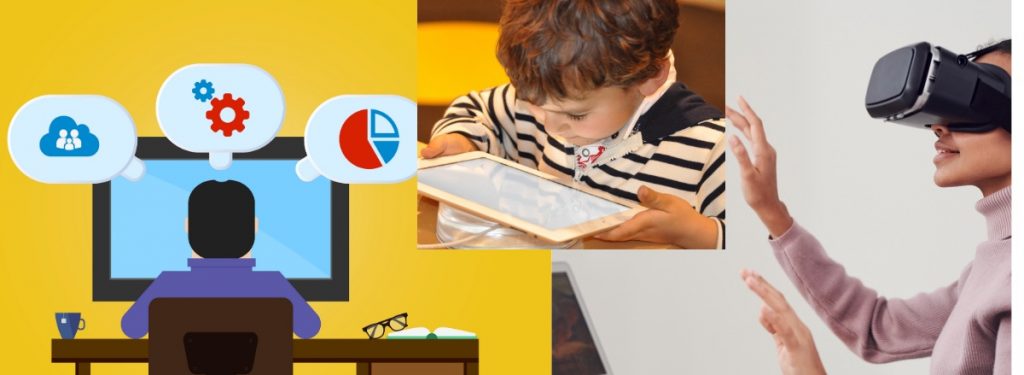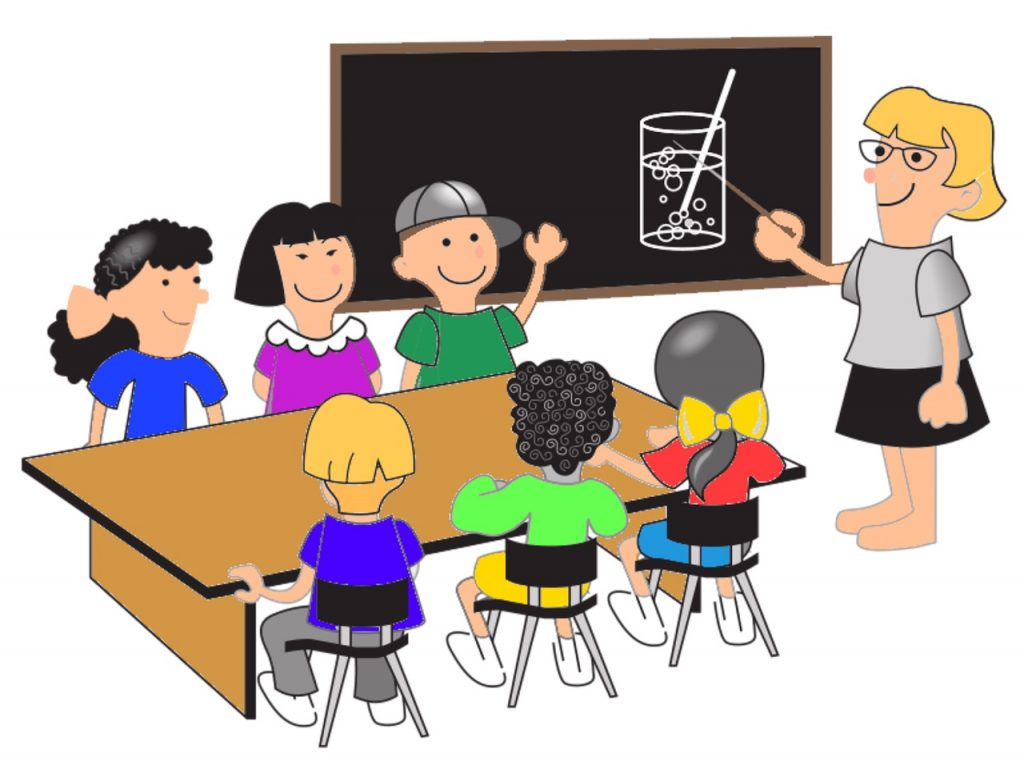With increasing use of technology, are we killing our children’s ability to imagine and come up with their own versions of what they learn? Is there something we can do differently with technology to encourage a child’s imagination and creativity?

The buzz word in India now is ‘EdTech’. It seems like everyone wants to be a part of the bandwagon, either as consumers or investors. India currently has more than 4,500 EdTech firms, with more than 450 of them registered just in the last 24 months. Business World reports that the industry in India is sized at USD 700 Million today and is expected to grow 10x in the next 5 years. And these companies have raised a total funding of USD 2.46 Billion in the last decade. These big numbers bring us to the question – what fundamental problem are these companies trying to solve?
In my opinion, the answer to this question is quite underwhelming. Here are some of my observations and opinions.
What is the value-add these platforms are bringing?
The two major problems in Indian education today, in my opinion, are the overemphasis on rote learning and the absence of holistic methods of evaluation. On taking a closer look at the major ed-tech firms’ approaches and solutions, I feel none of them solve these problems at a fundamental level.
I was recently watching a video about the the Egyptian pyramids created by an Indian ed-tech unicorn. I was expecting to see a compelling audio-visual narrative about the magnificent pyramids and how they came to be built. But to my surprise all I saw was an instructor’s plain narration of what seemed like routine textbook material. The background of the video comprised of 2D artwork of the pyramids, which was perhaps a step up from the images we see in our history textbooks. But the video had no additional information about the pyramids, no ‘wow’ stories or facts that will excite children. It was simply a video version of the textbook chapter.
I do not think this is a one-off observation. I have been following the space and have watched quite a bit of the content created by the prominent ed-tech firms, and I have also had the chance to interact with many parents whose children are subscribed in these programs; overall, the quality of the content currently being created is unremarkable.
I wonder what value-add these videos bring to children. Why are parents spending so much money for something that their children are supposed to be receiving in their schools through their teachers? Why are parents not demanding more from these private companies that have billions of dollars in funding, while they are quick to protest school managements that are struggling to pay their teaching staff?
Are these platforms killing imagination and creativity?
On the same platform that had the pyramids video, I watched another one that explained the concept of respiration. This time the video was even more underwhelming. It had a 3D-animation of a frog to explain that some creatures breathe differently. The animation was nothing extraordinary. For children of this generation, who are used to high-quality animation in video games they play and the Hollywood superhero movies they watch, the frog in this video would be a joke.
But my point is not just about the quality of the animation – my question is whether animated videos are the best way to explain all concepts to children. I do not think so. And I come to this answer after mulling over my own childhood experiences – reflecting on how such concepts were introduced to me by my teachers. I vividly remember my biology teacher painstakingly drawing the picture of a frog on the blackboard with green, yellow, and white colored chalks, and then using dramatic gestures to explain its respiratory system. Teachers like this – who stoke the imagination of children and push them to paint their own mental pictures – are precious and leave a lasting impression on students. Not just that: when they sit for their exams, children are expected to visually represent their understanding of these concepts with diagrams – at such times, the frog on the blackboard is more helpful than the 3D animated frog they saw flashing past them on the screen. That being said, there are still concepts that are better explained using animated videos but they are far from simple concepts that school children are today exposed to.
With increasing use of technology, are we killing our children’s ability to imagine and come up with their own versions of what they learn? Is there something we can do differently with technology to encourage a child’s imagination and creativity?
Are we underestimating the role of teachers?

Are we underestimating the power of influence a teacher can have over a child? I think back to my 4th grade when my science teacher explained the difference between the rotation of the earth about its axis and its revolution around the sun. She made one of the students be the sun and the other the earth. The earth-student then spun around in circles while also walking around the other student. This memory is deeply etched in my mind and I can paint the exact picture of the class three decades later. This is the power of a teacher.
I have numerous instances like this and have heard anecdotes from many others who have had great teachers. Interestingly, all the big tech firms are still having live classes and master classes as their big revenue streams. Then why are the teachers merely reduced to being just mediators? Why are these companies not empowering teachers to do their job better?
This makes me question the real benefit of investing in online videos versus investing in teachers. The average salary of a high school teacher in India is Rs.3,05,471/year which loosely translates to Rs.135 per hr of their work, while ed-tech firms charge Rs.200 – Rs.1,000 per hour for their material. In parallel let us look at the return-on-investment of these tech platforms vs the experience of spending your year with an excellent teacher.
Tech vs human touch
I believe a healthy use of technology will go a long way in enabling true learning in children. Technology should complement the role of teachers wherever it can and stay away where not needed. Even with tech around, I strongly believe that teachers will remain the true change-makers, with their ability to connect with children at a very deep level. Parents would do better looking at the true value of a school or online course material before introducing the children to them.
We ultimately want a world with empathetic and humane citizens, not merely people who can code.
Charanya is the Co-founder of Gurucool, an activity-based learning company on a mission to take ancient Indic Wisdom to young minds in innovative ways. Charanya also serves as an advisor to Mahindra University’s Indira Mahindra School of Education. Prior to this, she was the Head of Strategic Initiatives at the Hippocampus Learning Centres, working directly with schools and KG centres in rural Karnataka. She holds an MBA from INSEAD (France/Singapore) and MS from University of North Carolina, Charlotte (USA).


1 comment